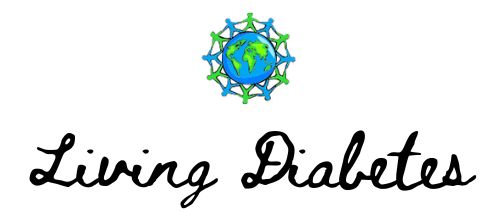HbA1c or Hemoglobin A1c has been used to assess over-all diabetes/glycemic control in patients with diabetes. Testing HbA1c does not require any special preperation (that is samples can be taken at any time of the day; person does not need to fast for the test). With time, experts have understood HbA1c utility in using it for diagnosing type 2 diabetes. [1]
Hemoglobin A1c does not have any utility in diagnosis of type 1 diabetes. It should not be used in patients who are pregnant or very young (children) for diagnosis of diabetes.
Type 2 diabetes can be diagnosed if HbA1c of 6.5% or 48 mmol/mol or above. [2]
If HbA1c is 48mmol/mol or 6.5% or above in a person who does not have any symptoms of diabetes then it is best to repeat HbA1c test again. On repeating if HbA1c levels are still above 48mmol/mol or 6.5% then this confirms that the person has diabetes. However, if levels are below 48 mmol/mol or 6.5% then this person does not diabetes but are very high risk of developing diabetes. These people should be followed by healthcare professional and test repeated at 6 months.
Hemoglobin A1c value between 5.7 to 6.4% or 39 to 46 mmol/mol is suggestive of pre-diabetes. Patients with these values are at high risk of developing type 2 diabetes. [3]
Hemoglobin A1c value below 5.6% or 38 mmol/mol is normal. Even if the HbA1c value is normal, it is important to understand personal risk of developing type 2 diabetes. If risk factors are present then it is best to speak to your doctor (Read about risk factors of type 2 diabetes).


1 thought on “HbA1c use in diagnosing type 2 diabetes”